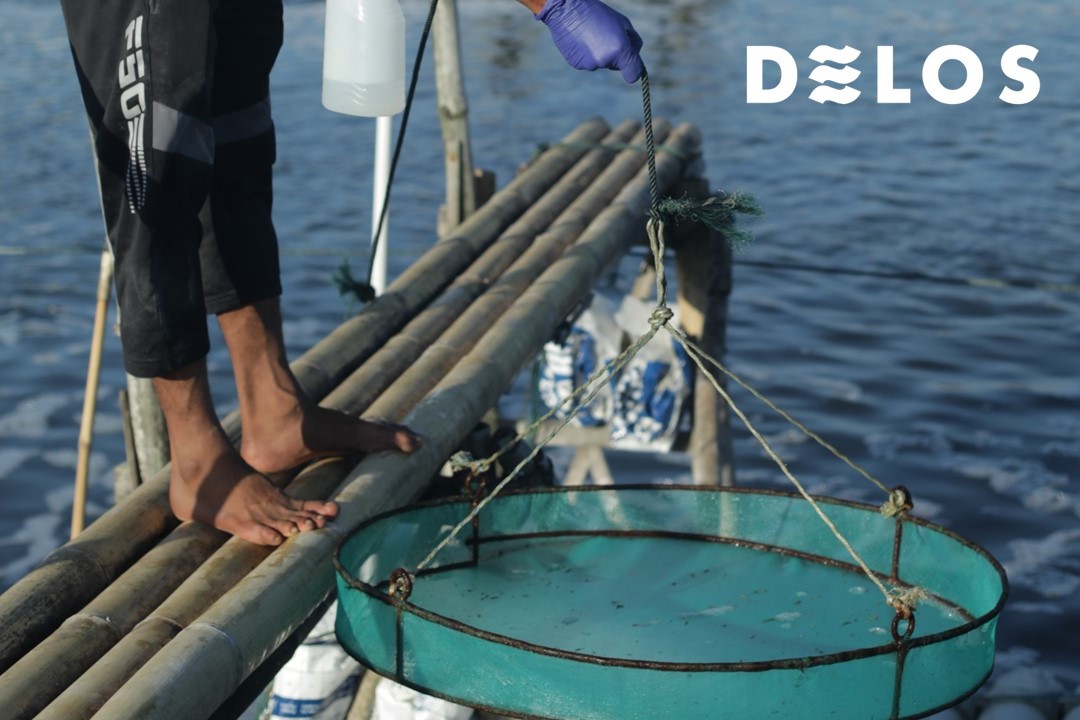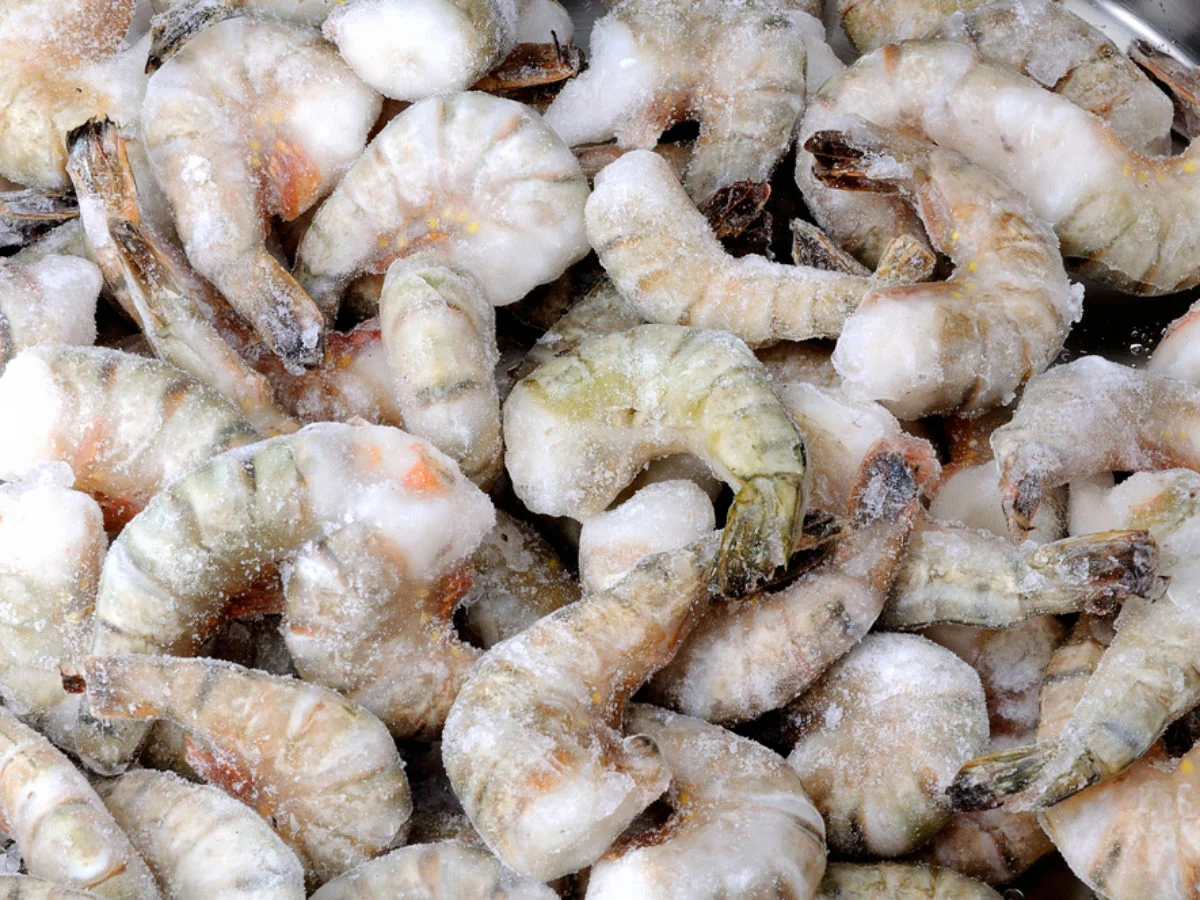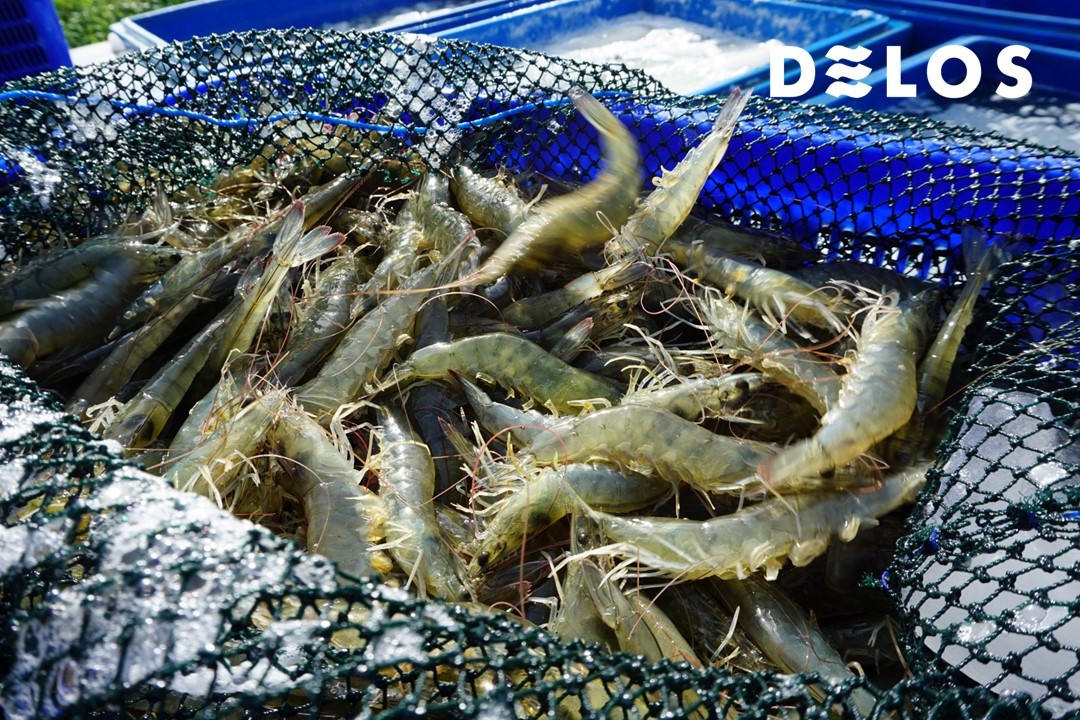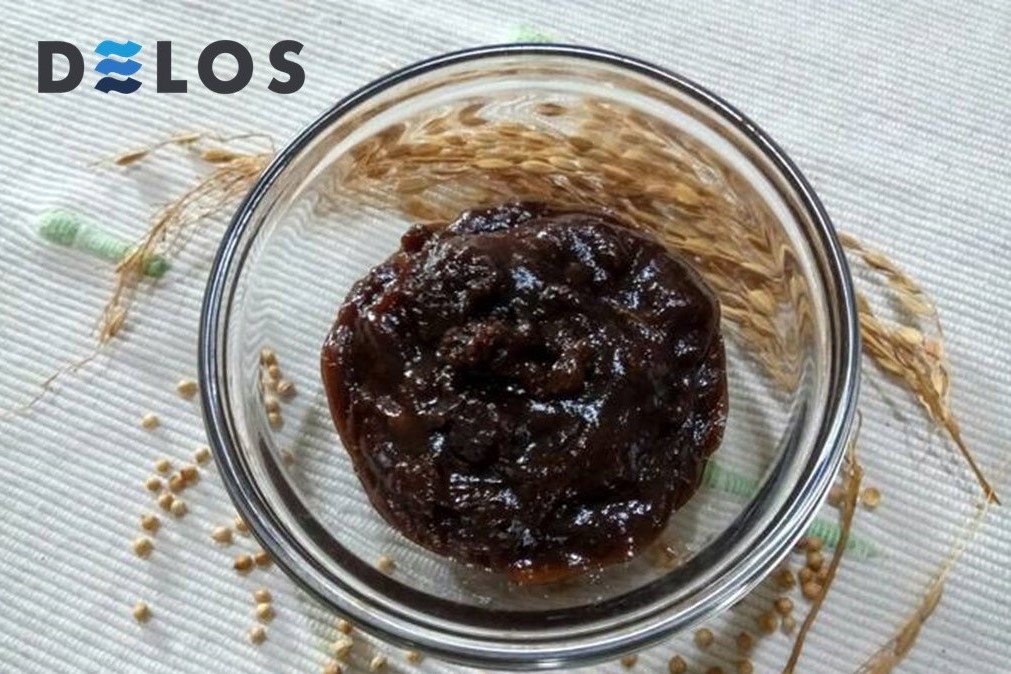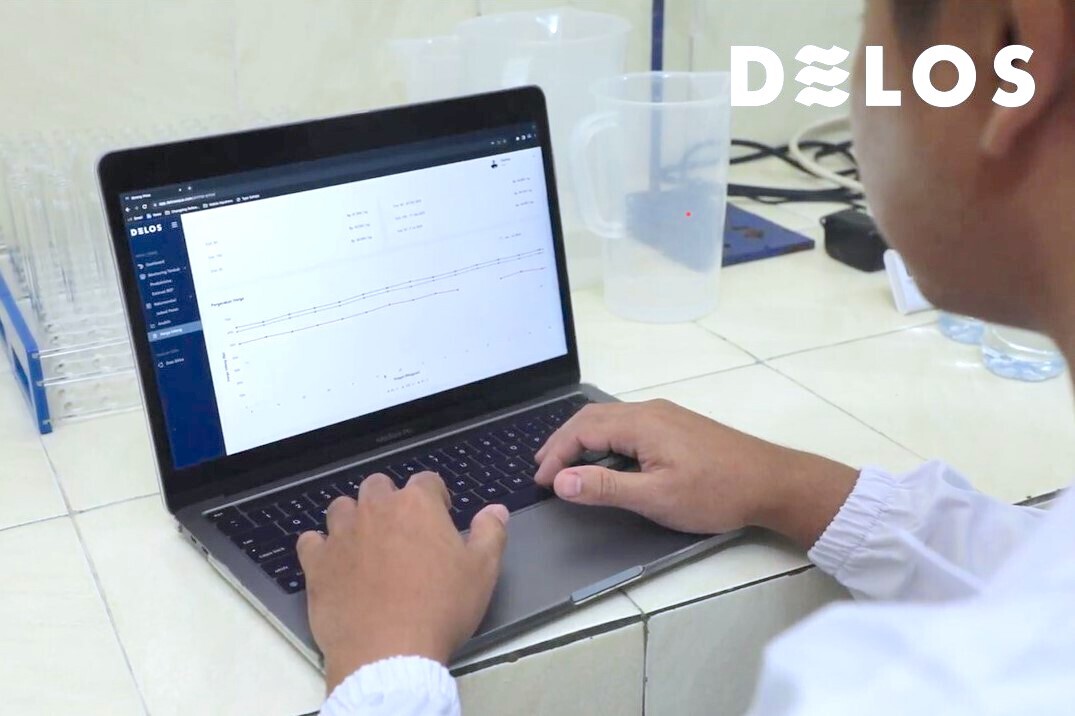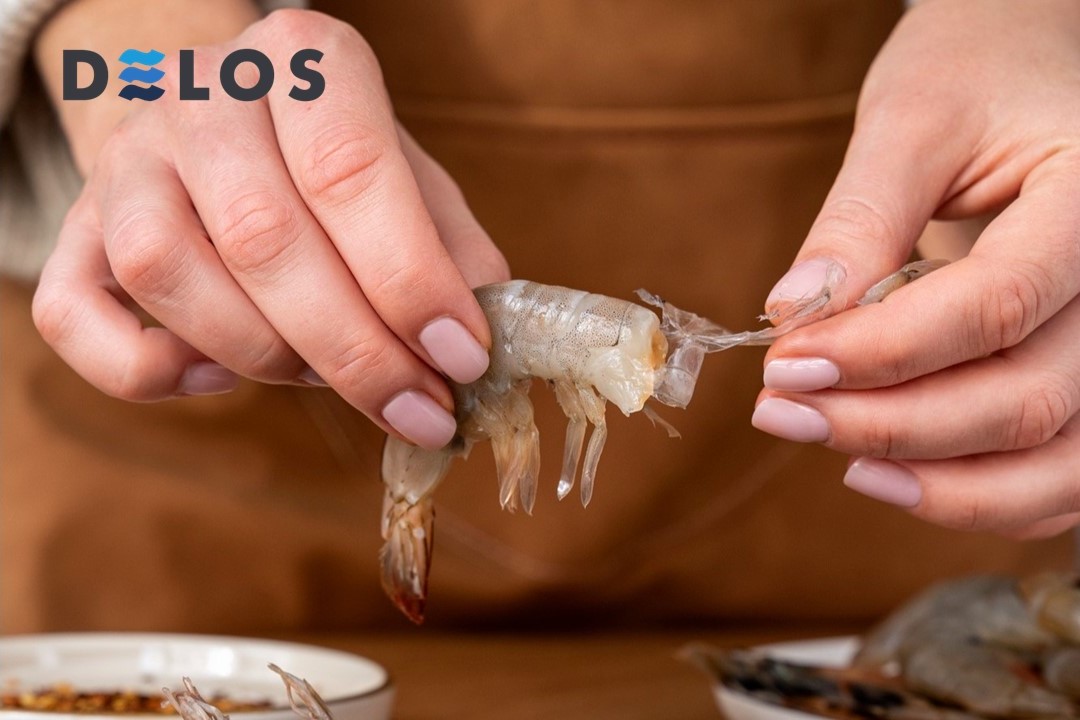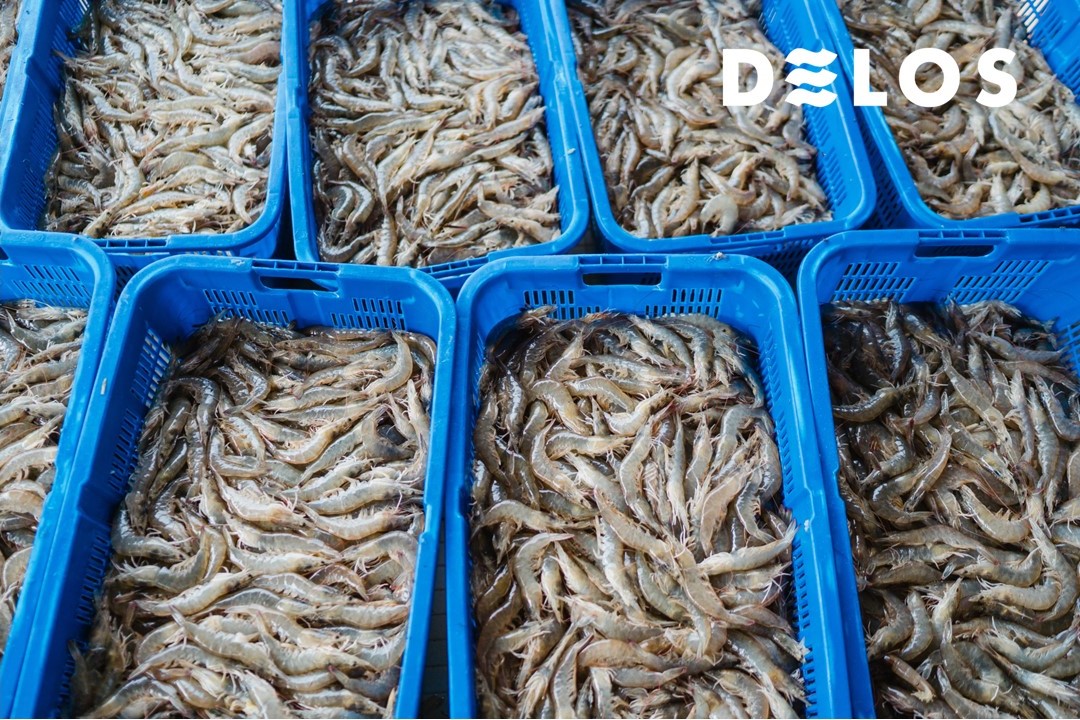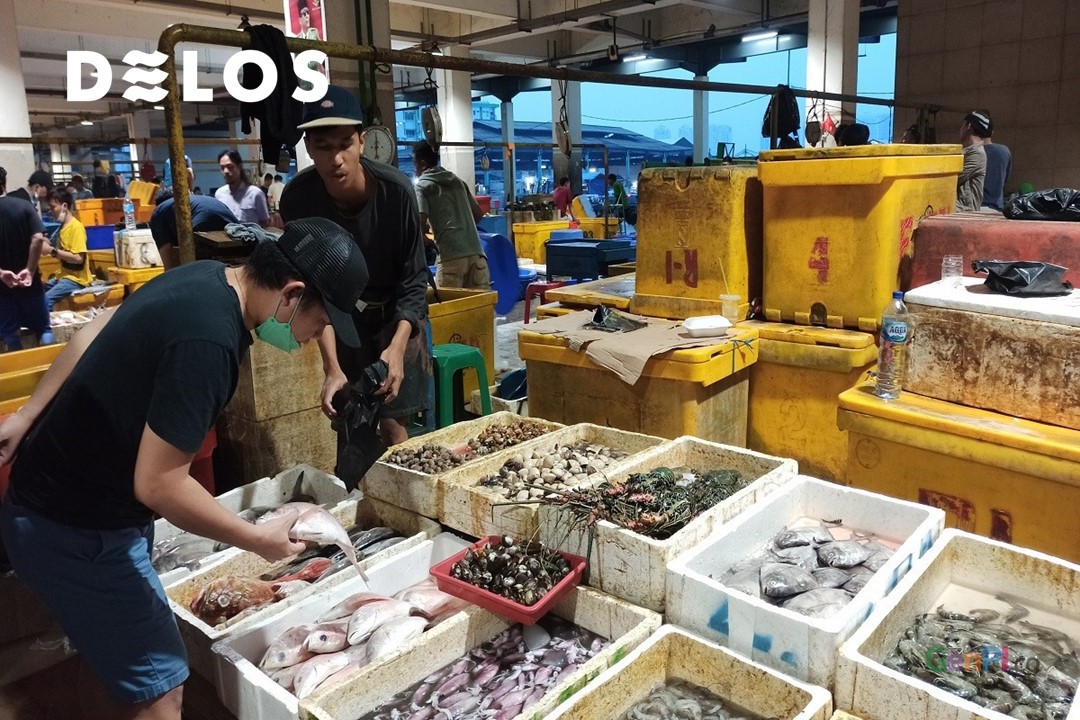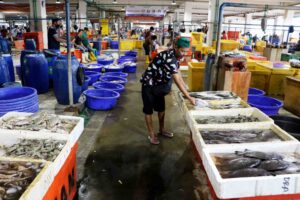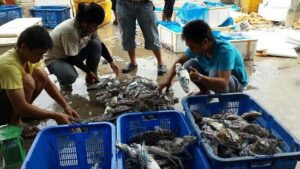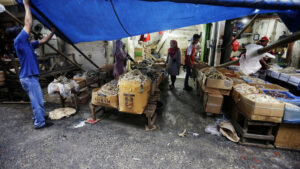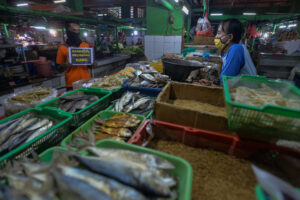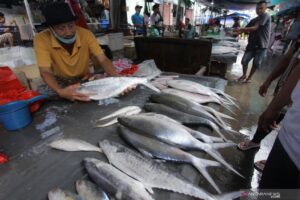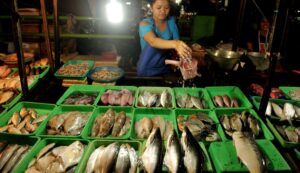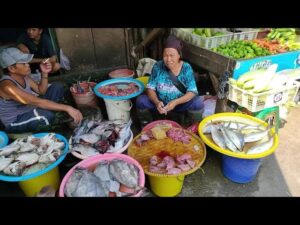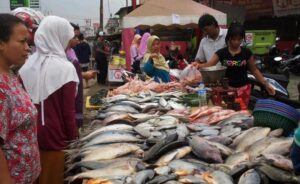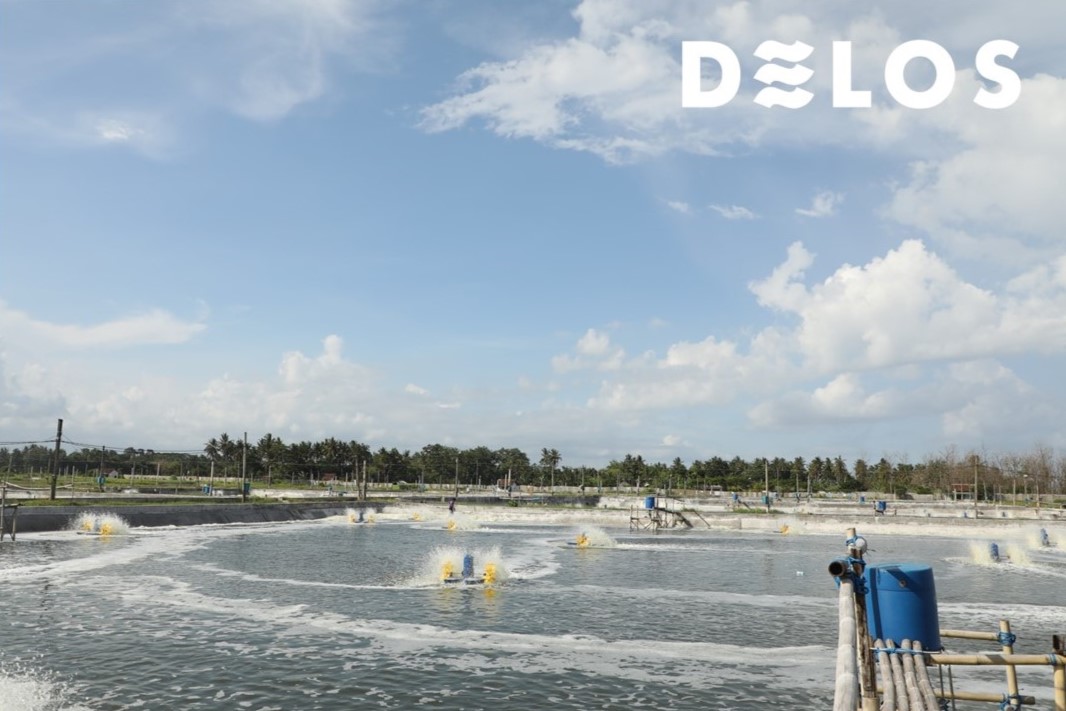Tips and Procedures for Shrimp Health Checking
Vannamei shrimp are known to be superior to tiger prawns in terms of resistance to pathogen attacks. However, there have been changes that render vannamei shrimp vulnerable to pathogen attacks as well. Therefore, farmers must know the correct procedures for checking shrimp health to prevent outbreaks.
Pathogen attacks on shrimp can affect aquaculture yields. Bacterial and viral pathogens can spread rapidly, causing massive deaths and resulting in significant economic losses.
Anticipation efforts against these pathogen attacks can be carried out through periodic shrimp health checking, namely by monitoring virus and bacterial tests using PCR. Here are the complete tips!
Also Read: How to Identify Fresh and High-Quality Frozen Shrimp
Tips and Procedures for Shrimp Health Checking
1. Routine Sampling
Sampling involves periodically observing the condition of shrimp by taking several shrimp from each pond for further examination. This sampling activity is important as a preventive measure against disease outbreaks.
Through sampling, farmers can quickly identify any shrimp health anomalies before diseases spread widely.
2. Checking the Hepatopancreas and Intestines of Shrimp
After taking shrimp from the pond for sampling, farmers should check the hepatopancreas and intestines of the shrimp. These two organs can provide further insights into shrimp health and diagnose diseases as early as possible.
To check the hepatopancreas and intestines of shrimp, you can follow these steps:
- Weigh the sampled shrimp.
- Spray the shrimp’s body with alcohol and transfer it to a petri dish containing physiological saline or sterile aquadest.
- Dissect the shrimp by opening the cephalothorax or shrimp head and dissecting the dorsal or upper abdomen with sterile tweezers. Then separate the hepatopancreas and intestines of the shrimp.
- Take a small portion from the lower side of the hepatopancreas with tweezers.
- Place the hepatopancreas and shrimp intestines samples on two different object glasses, then add a little water before covering them with another object glass.
- Observe both samples under a microscope at a magnification of 40-100x. Record and analyze the results carefully.
Also Read: Understanding the Types of Plankton in Shrimp Ponds
3. Shrimp Health Testing by PCR
Bacteria and viruses are the two main causes of shrimp disease outbreaks that harm aquaculture. To determine bacterial or viral attacks as the cause of shrimp disease outbreaks, farmers can perform PCR tests, which provide accurate results.
It is advisable to perform PCR tests regularly on certain post-larval shrimp to detect pathogen attacks as early as possible.
4. Monitor Mortality Rates During Cultivation
During the cultivation of vannamei shrimp, shrimp deaths often occur. However, you must know the exact mortality rate to minimize the difference between the actual population and the estimated population with mortality corrections.
Mortality corrections are divided into two types: daily mortality, which is performed every day, and disease outbreak mortality, which is performed during disease outbreaks. Deviations during mortality corrections are usually caused by cannibalism, shrimp carcasses left in ponds, inadequate centralization, and so on.
Also Read: How to Make Shrimp Farming More Resilient to Climate Change
Vannamei Shrimp Farming is More Productive with DELOS!
Shrimp health checks should be conducted regularly to detect disease attacks as early as possible and prevent aquaculture losses. To do this, you can follow the tips and procedures above. Now you can easily carry out shrimp farming with DELOS.
DELOS is the best aquatech company based on science, technology, and operational management that can help you in operational management while increasing your pond productivity.
Contact the DELOS team at contact@delosaqua.com or submit through the contact form on our website at www.delosaqua.com to learn more about our Farm Management services. Vannamei shrimp farming is more productive with DELOS!

